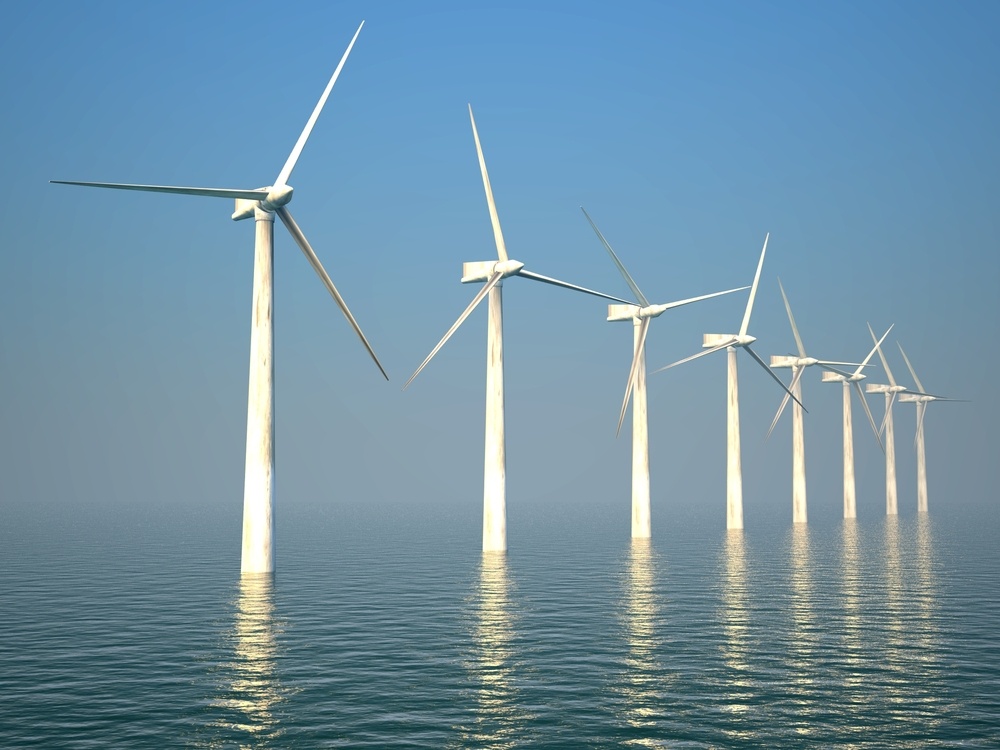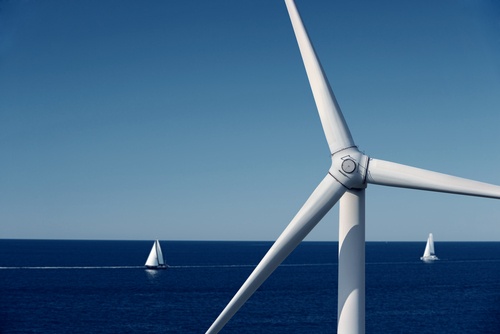New Jersey Will Deploy 1,100 MW of Offshore Wind Power

New Jersey is among the states with the highest commitment towards clean energy. The state has set the goal of using 100% renewable generation by 2050, and this includes developing 3,500 MW of offshore wind power by 2030. New Jersey has also established several intermediate goals: 21% by 2020, 35% by 2025, and 50% by 2030.
A study by Lawrence Berkeley National Laboratory (LBNL) revealed that the US Northeast has an excellent potential for offshore wind power. States like New York, New Jersey and Massachusetts have created plans to reap the potential benefits.
On September 17, 2018, the NJ Board of Public Utilities approved a solicitation for 1,100 MW of offshore wind power, the largest so far in the USA. Two subsequent solicitations for 1,200 MW each are planned for 2020 and 2022, adding up 3,500 MW of wind power capacity.
Planning a renewable generation system for your property?
Federal Incentives for Offshore Wind Power
Large wind power systems that start construction before the end of 2019 get an Investment Tax Credit (ITC) of 12%, which represents a massive discount for an expensive offshore wind farm. Alternatively, wind power projects can apply for a Production Tax Credit (PTC) of $0.023/kWh, which is based on electricity generation instead of cost.
- The 12% ITC is normally preferred for offshore wind power, since it leads to a direct reduction in development costs. According to the International Renewable Energy Agency (IRENA), offshore wind power has an average cost of $4,239/kW.
- The PTC is a common option for onshore wind power, since the upfront cost per kilowatt is around three times lower, with an average value $1,477/kW.
Both incentives improve the business case for eligible projects, through a different mechanism. The ITC reduces the net cost of the project without affecting revenue or savings, while the PTC boosts the project cash flow. In both cases, the payback period is decreased and the return on investment is increased.

New Jersey’s plan to develop 3,500 MW of wind power gives certainty for investors and technology suppliers. According to consulting firm Wood Mackenzie, the US offshore wind power sector could achieve an annual compound growth rate above 50% through 2026.
Other Clean Energy Initiatives in New Jersey
New Jersey’s renewable energy target and offshore wind power plans are complemented with other clean energy initiatives:
- Utility companies will be required to reduce electricity and gas consumption by 2% and 0.75%, respectively.
- A community solar power program is being introduced, making clean energy more accessible.
- There is an energy storage development plan, which aims for a capacity of 600 MW by 2021 and 2,000 MW by 2030.
With these initiatives, New Jersey consolidates its position among the leading clean energy states in the USA. Renewable generation is no longer about saving the environment only; in many cases, it is simply the best business decisions. For northeast states like New Jersey and New York, offshore wind represents an abundant resource that can decrease generation costs while reducing dependence on fossil fuels.
Engineering consultants play a vital role when deploying energy efficiency or renewable generation projects. With so many technologies and potential project sites available, it is very important to assess the feasibility of any project before proceeding. Energy efficiency measures and renewable generation projects must be technically and financially viable.

Michael Tobias
Michael Tobias, the Founding Principal of NY Engineers, currently leads a team of 50+ MEP/FP engineers and has led over 1,000 projects in the US
Join 15,000+ Fellow Architects and Contractors
Get expert engineering tips straight to your inbox. Subscribe to the NY Engineers Blog below.



